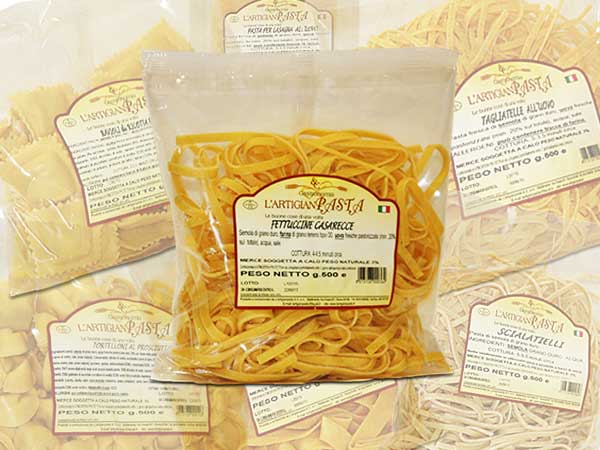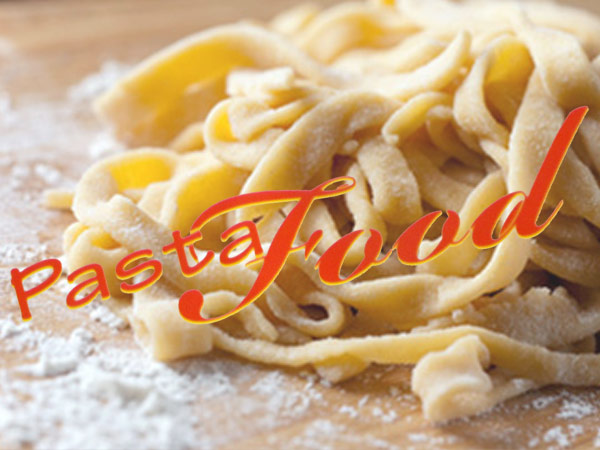Artisan pasta, a steady growth in recent years. By the term pasta we refer to a food based on semolina or flour of different extraction and it is one of the products costantly on the tables of the Italians, as well as considered the main food of the Mediterranean diet. In this context, handmade pasta is increasingly sought after, a symptom that there is a greater focus on healthy eating and a attitude to search for traditional dishes and homemade products. The artisanal pasta industry is constantly expanding, especially for those companies able to combine the aspect of craftsmanship with the renewal of techniques and production capabilities.
Artisan Pasta, How and Where we made it
The artisan pasta workshop is the only place where you can buy local products traditionally linked to the territory. This is where the artisans experience and abilities are exalted. In fact, the patient's craftsmanship is essential to the creation of a unique product, from the extraordinary organoleptic qualities to the simplicity with which the pasta tends to absorb the sauces.
Crafting pasta consists of a series of different moments. It begins with the grinding of durum wheat which produces semolina, with a typical yellow color.
During the dosing and mixing process, semolina is put into the dough and wet with cold water. Eggs (usually type 0 or 00) can be added to produce egg pasta as well as ingredients needed for other types of pasta.
Subsequently, the dough obtained should be as homogeneous and compact as possible to allow every single grain of wheat to absorb the right amount of water to completely eliminate air flows.
The dough, compact and homogeneous, passes through a cylindrical press that contains a screw of compression, thus initiating the process of drawing, necessary for the pasta to acquire its final shape. This process must be at a temperature below 35 ° C and with a cooling system to keep the organoleptic substances intact.
The process of craftsmanship drawn with bronze is obtained slowly and strictly at low temperature. From this process the pasta takes on the desired shape, and that is the reason why it is not smooth (as usual) but wrinkled. This roughness allows the handmade pasta drawn with bronze to keep intact its flavor and all the tastes of the condiments.
Now begins the drying phase which will then lead to the complete drying of the hand-made pasta. This process takes a long time, from 24 to 72 hours, with temperatures that must never exceed 40 °. At the end, the product is subjected to a stabilization step before being packaged for sale and then finish on our plates.
To start an artisan pasta workshop is an increasingly growing business activity and an initiative of interest. The fierce competition of large supermarket chains can not compete with the goodness of a handicraft product due to the quality of the raw materials used (wheat and semolina) and, as we have seen, from the abilities of the artisans and the good workmanship.
Artisan Pasta, the Enterprise
The Italian framework law for handicrafts - no. 443 of 08/08/1985- regulates craftsmanship, defining it as a largely manual and fixes the fundamental criteria within which the regions can issue measures, promoting craftsmanship and artisans. The latter should not only be able to manage the enterprise, but also to attend personally the production process. The law therefore operate to allow the identification of those small-medium entrepreneurs who carry out activities in the field of crafts. Failure to comply with the terms of the law will result in the equalization of the craft company to the business enterprise, with the subsequent failure.




